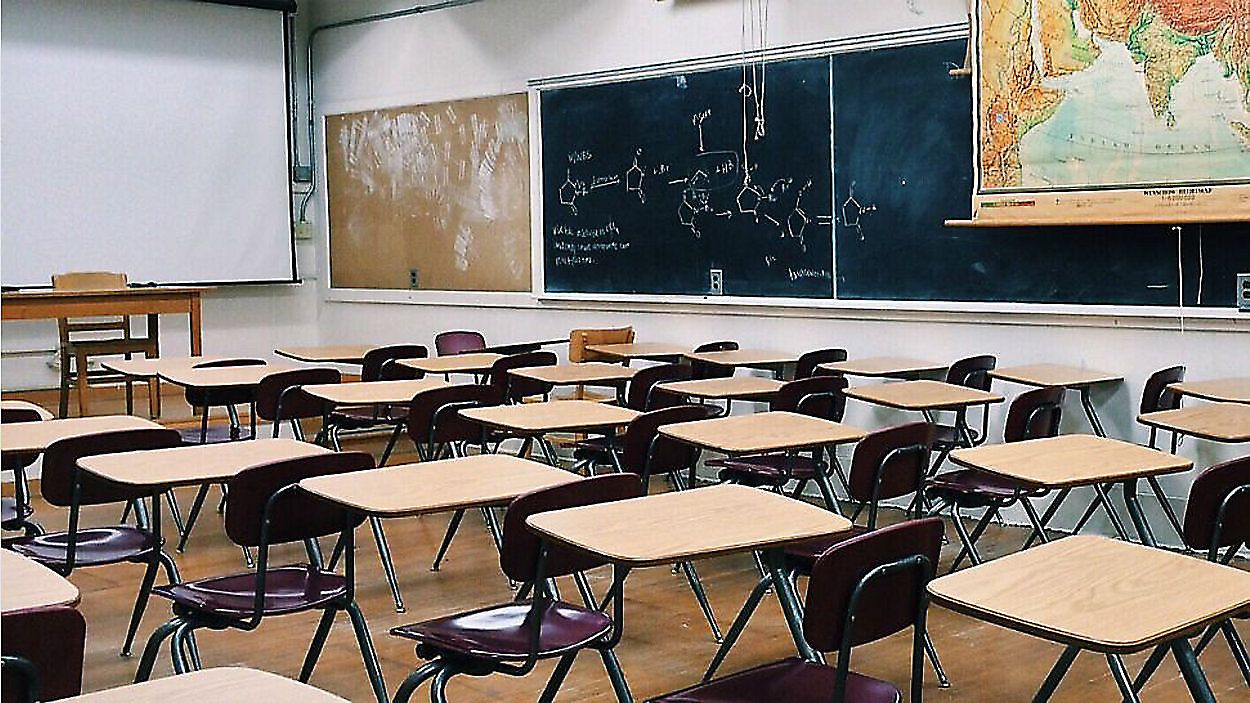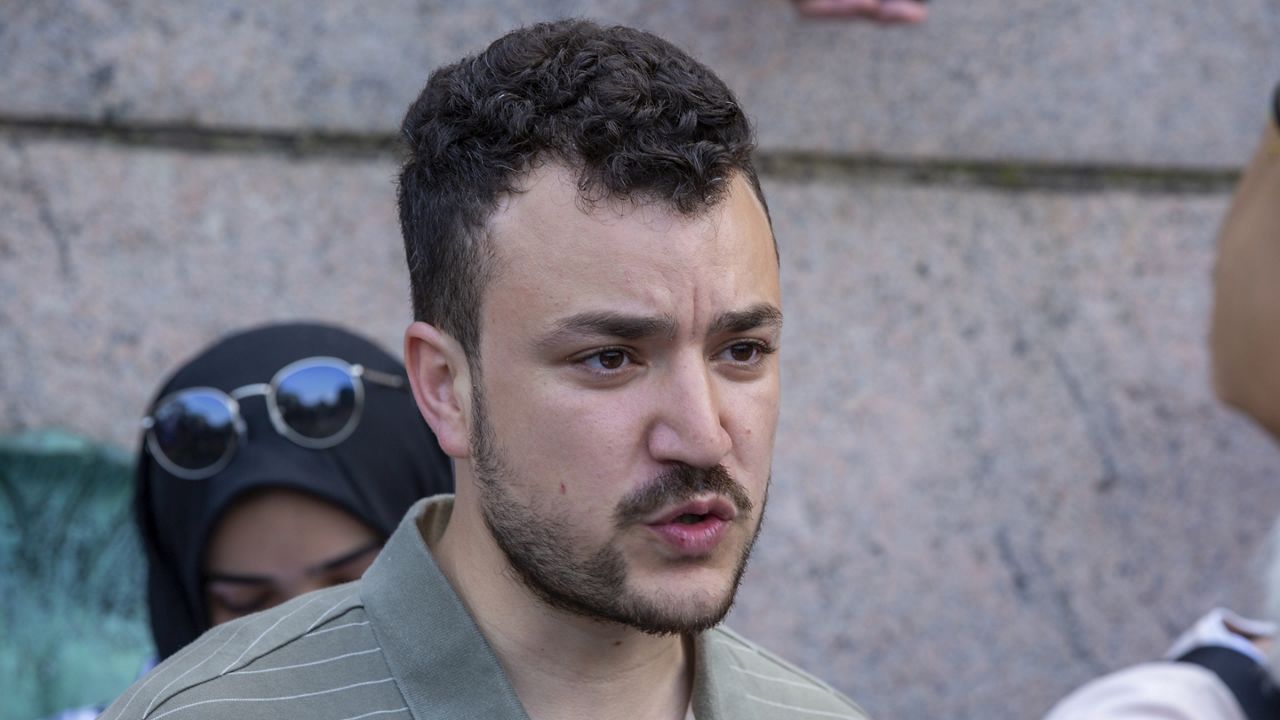NEW YORK — More than 101,000 New York City students were homeless at some point during the last school year — a 9% reduction from the year before, but advocates believe this may have more to do with difficulty of tracking children’s living situations during the pandemic than any actual decrease in homelessness.
“There’s still alarmingly, shockingly high, over 100,000 students identified as homeless for the sixth year in a row," said Jennifer Pringle, director of the Learners in Temporary Housing project at Advocates for Children, which compiled the data. "And while there is a decline as compared to last year, at this point, it’s really unclear how real that decline is."
What You Need To Know
- More than 101,000 New York City students were homeless at some point during the last school year
- That's a 9% reduction from the year before
- But the drop may have more to do with difficulty of tracking children’s living situations during the pandemic than any actual decrease in homelessness
Of those children, about 28,000 spent time living in city homeless shelters, according to the data released by the organization Advocates for Children. Another 65,000 were “doubled-up," or sharing someone else’s housing after losing their own permanent residence.
“These are oftentimes very overcrowded, substandard living situations... not optimal places for learning,” Pringle said. That can mean a student has no private or quiet place study, or no access to the internet.
“It is very stressful, especially when you’re coming out of a pandemic, when so many of those public spaces where you can go to do homework, where you can access WiFi, have been closed,” she said.
Another 3,860 children were unsheltered, living in cars, parks or abandoned buildings.
The problem is more pronounced in some school districts than others. In District 9, which covers a western portion of the South Bronx, more than one out of every five students experienced homelessness last year. In District 31 on Staten Island, it was one in 30 students.
“It’s particularly troubling in the Bronx, where one in seven students were identified as homeless last school year. One in seven. So this is not a fringe issue. This is not just only a few schools that are affected by this,” Pringle said. “This is impacting our entire community, all of our schools. But also, supports need to be targeted to the parts of the city where the highest needs are.”
The drop in students identified as homeless comes as overall enrollment in the school system also fell last year — and the decline in homeless students tracks with that overall enrollment drop, AFC said. In both cases, the biggest decreases were seen in pre-K and kindergarten.
Something else could also have influenced the numbers: the widespread use of remote learning last school year, which likely complicated some schools’ abilities to identify whether a student had lost their permanent housing.
A statewide moratorium on evictions may also be keeping more families in their homes, but that may not last much longer.
“Many are bracing to see an increase in family homelessness once the state moratorium expires in January,” Pringle said.
Along with the report, Advocates for Children joined with 40 organizations in releasing a list of recommendations for Mayor-elect Eric Adams’ administration to overhaul support for homeless students.
They include hiring more shelter-based education department staff to make sure children get to school each day, placing students in shelters that are closer to where they attend school, ensuring students continue to have access to wifi in shelter buildings, and providing more reliable transportation to school for children in shelters.






_Dnt_Budget_-_PS_Cell_Phone_Ban_Clean)
_CGPK_CUNY_Student_Protest_Encampents_2025_CG_134055132_345)
